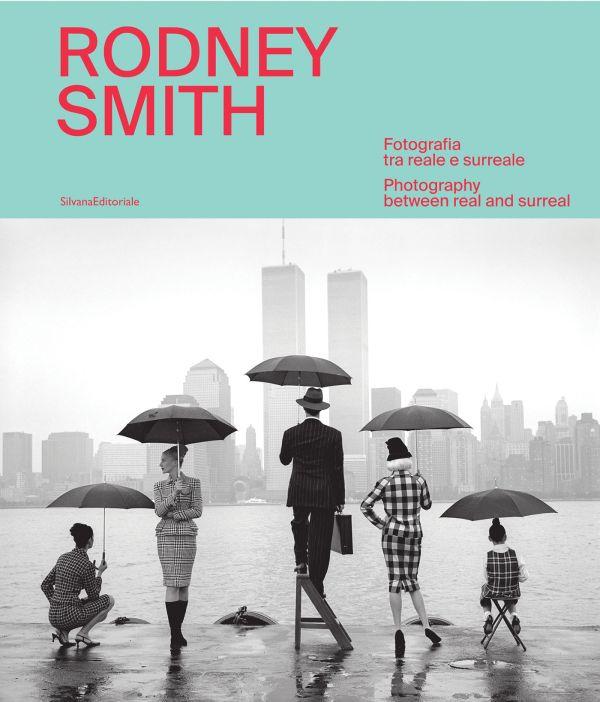

IL PARADOSSO DI RODNEY SMITH
Una volta Rodney Smith disse: “Se una foto ha una risposta per ogni domanda, non serve guardarla più di una volta”. Lo stesso si potrebbe dire delle persone: le più interessanti sono quelle più complicate, quelle che ci spingono a indagare a fondo. E Rodney Smith era, senza dubbio, il più affascinante degli uomini.
Era l’emblema delle contraddizioni. Prediligeva la classe operaia e i poveri, che riteneva ben più degni rispetto ai suoi genitori benestanti. Non esitò a rinunciare ai beni materiali, ma al tempo stesso era ossessionato dagli oggetti di fattura raffinata e durevole bellezza. Era un pensatore profondo, che rifletteva sulle questioni esistenziali della natura umana, ma il suo lavoro era in grado di esprimere un grande senso di leggerezza e ironia.
La personalità di Smith era altrettanto sfaccettata. Aveva un gran senso dell’umorismo e amava provocare, capace di colpire nei punti più sensibili con la precisione di un cecchino, ma rimaneva pur sempre un insegnante empatico e attento. Scattava foto per il piacere di farlo, ma dava importanza soprattutto al manufatto, l’espressione materiale della sua visione creativa. Rodney combatteva ogni giorno con l’ansia generata dalle sue aspettative, ma durante un servizio fotografico si trasformava completamente: calmissimo, divertente e totalmente presente, amava abbandonarsi al momento della creazione.
Questo libro illustra tale dicotomia attraverso due prospettive distinte sulla sua opera.
Il saggio di Susan Bright, Visioni cinematografiche, esplora le immagini di Smith attraverso una lente culturale. Spiega come le sue fotografie, pur catturando la sintesi di un singolo istante, siano pervase da un forte senso di anticipazione. Sono immagini che invitano l’osservatore a completare la storia attraverso la sua immaginazione, lasciando spazio alla creatività e alla fantasia. Bright sottolinea come il fortunato lavoro di Smith renda omaggio all’eleganza stilizzata degli anni trenta e degli anni sessanta, trascendendo la realtà per raccontare storie sul mondo di portata più vasta.
Dal canto suo, invece, il saggio di Anne Morin, L’architettura dell’aria, indaga l’interiorità – la ricerca dell’anima, l’elemento psicologico, lo stato onirico e i demoni spirituali che hanno alimentato l’arte di Smith. Partendo dalla formazione teologica dell’artista, Morin esplora le basi filosofiche della sua opera e mette soprattutto in evidenza la sua strenua lotta con la fallibilità umana: “Questa idea di imperfezione non ha mai smesso di tormentare Smith per tutta la vita, sempre in preda a un ossessivo dualismo: perdersi nell’oscuro labirinto che è l’enigma
dell’essere o elevarsi come un superuomo verso Dio”, afferma eloquentemente l’autrice.
A prima vista, queste due prospettive d’indagine possono sembrare in contraddizione, ma forse rappresentano l’intero spettro delle emozioni umane. Smith ha sempre cercato di catturare questa complessità nelle sue fotografie, attraverso la qualità della luce, un momento fugace, o il linguaggio del corpo umano.
Come sua committente, poi moglie, e successivamente direttrice della Rodney Smith Estate, ho vissuto questa complessità molto da vicino. La nostra prima interazione è stata di natura professionale, con Smith che rifiutava le mie indicazioni, sostenendo che la sua fedeltà era all’immagine, non a me. E ho presto scoperto che aveva sempre ragione: le sue fotografie superavano sempre, e di gran lunga, la mia idea iniziale.
Durante la nostra vita insieme mi ha insegnato ad affinare il mio modo di guardare al mondo e a ricercare con insistenza la massima qualità. Quando Rodney era soddisfatto, mi sembrava di aver raggiunto un obiettivo che andava ben oltre le mie aspettative: un’esperienza condivisa dalle tante persone che lavoravano a stretto contatto con lui.
In ultima istanza, tanto l’esplorazione visiva di Bright quanto l’indagine filosofica di Morin convergono su quella che è l’essenza del lavoro di Smith: la sua straordinaria capacità di catturare la natura intricata e contraddittoria dell’esistenza umana. Susan mette in luce la tensione fra il desiderio di perfezione e la malinconia che vi soggiace, Anne rivela il tormento della lotta fra il nulla e il divino. Insieme, le due studiose mostrano come le fotografie di Smith, con la loro composizione impeccabile, i loro mondi immaginari e quelle figure così enigmatiche, riescano a dare corpo a questa profonda dualità. Che siano viste come narrazione visiva o ricerca filosofica, le sue fotografie possiedono sempre un potere trascendente che continua a risuonare ancora oggi, molto dopo la sua scomparsa. Ci sfidano a guardare il mondo e noi stessi attraverso una lente diversa che ci consente di abbracciare la bellezza, la stravaganza, l’umorismo, la malinconia e lo sforzo incessante. Il suo lavoro ci ricorda che l’esistenza umana è, in fondo, un esercizio di mirabile contraddizione: siamo capaci di incarnare simultaneamente esperienze multiple e apparentemente incompatibili.
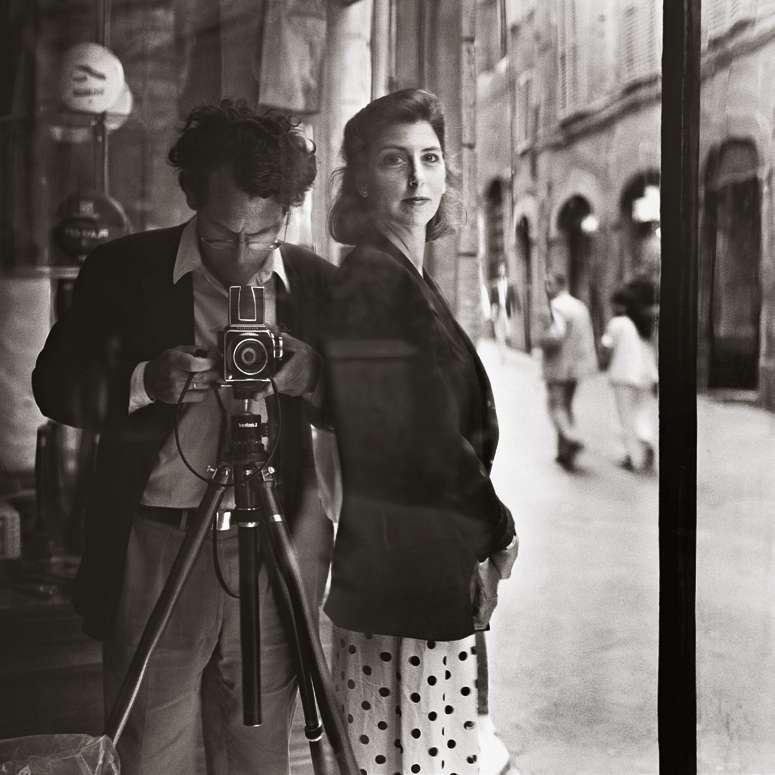
Self-portrait with Leslie Siena, Italy
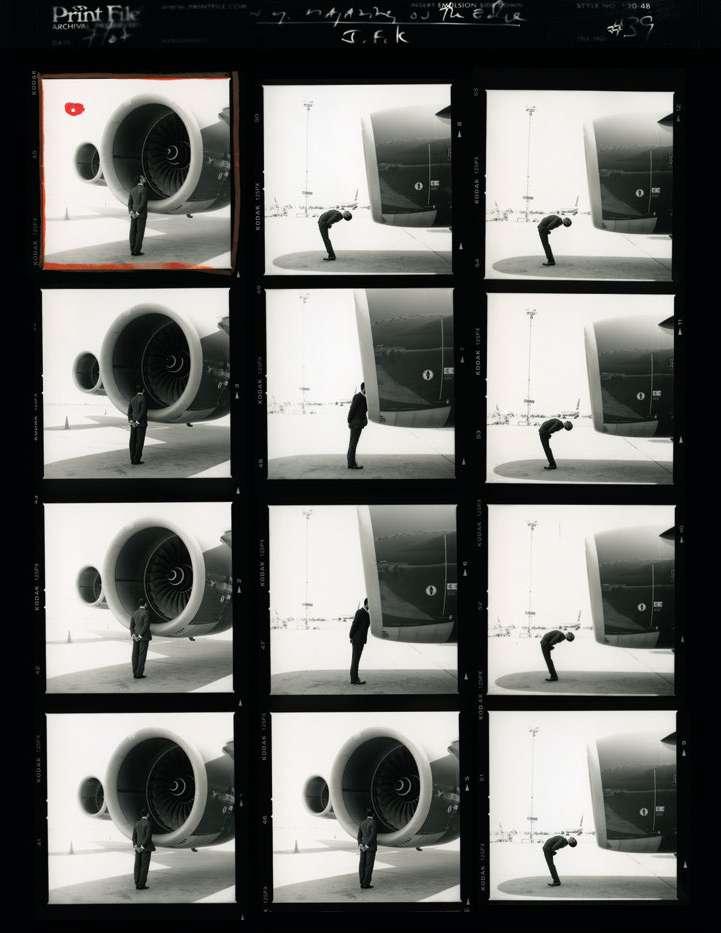
CINEMATIC VISIONS
At the heart of every compelling film lies a fundamental question: What happens next? This undercurrent of anticipation forms the lifeblood of cinema, captivating audiences and fostering emotional investment. It is within this realm of possibility, this moment of suspended animation, that cinema truly flourishes. The anticipation of unfolding events resonates with our innate desire for narrative and meaning, enabling us to connect with stories on a profound level. Essentially, cinema functions as a vision of the human spirit, reflecting our deepest feelings and highest aspirations. It stands as a testament to human creativity, offering a platform for exploring complex ideas and emotions.
Photography, however, cannot narrate like film, and is often perceived as a point rather than a line. It is a moment distilled. This leads most thinking around the medium to consider it in relation to time—a memento mori capturing a moment never to be repeated. It is fascinating to contemplate time in relation to Rodney Smith’s work, as there is a sense of suspension in his images, so much so that one does a double take upon seeing the dates the photographs were taken: most of his well-known work was produced in the 1990s and early 2000s, yet these photographs evoke the 1930s, or sometimes the 1960s. What we experience is imagined time, a homage to the style, elegance, and grace of an idealized era. There is an element of fantasy involved.1
This connection to a “Golden Age” is make-believe, as we all know that the twentieth century was far from genteel, but it is not real life that interested Smith. He aimed to tell stories and seek his own versions of an imaginary America, akin to those found in novels like F. Scott Fitzgerald’s The Great Gatsby, in movie stars like Cary Grant, and in certain photographs by Irving Penn. These versions of life offer hot summers with cool breezes, white trousers and slip-on loafers, houses in the Hamptons, men in immaculate suits, and beautiful, but silent, women dressing for dinner. The scent is fig and freesias, the music smooth. The narratives ignore realities, or the effort needed to maintain appearances and uphold the construct. As Smith states, “I represent a world that is possible if people act their best. It’s a world that’s slightly beyond reach, beyond everyday experience, but it’s definitely not impossible.”2 This striving and desire to belong is at the heart of all Smith’s work—a wish to capture a world open to certain types of people.
The parallels between Rodney Smith’s photographic style and certain cinematic traditions and tropes are undeniable.3 His approach demonstrates how a single frame can encapsulate narrative intrigue, effectively compressing expansive storytelling into concise visual moments. This technique invites viewers to actively participate in the narrative process, completing the story through their own interpretation and imagination. His whimsical, surrealist-style photographs can be read as
1 This vision is one that mirrors many of the conservative brands he worked for such as Saks, Brooks Brothers, and Neiman Marcus, all which all tap into a similar American sentimentality for their brand identity.
2 https://rodneysmith.com/about/ (last accessed September 23, 2024).
3 There is much literature around the overlap of both mediums; an excellent source is D. Campany, Photography and Cinema (London: Reaktion Books, 2008).
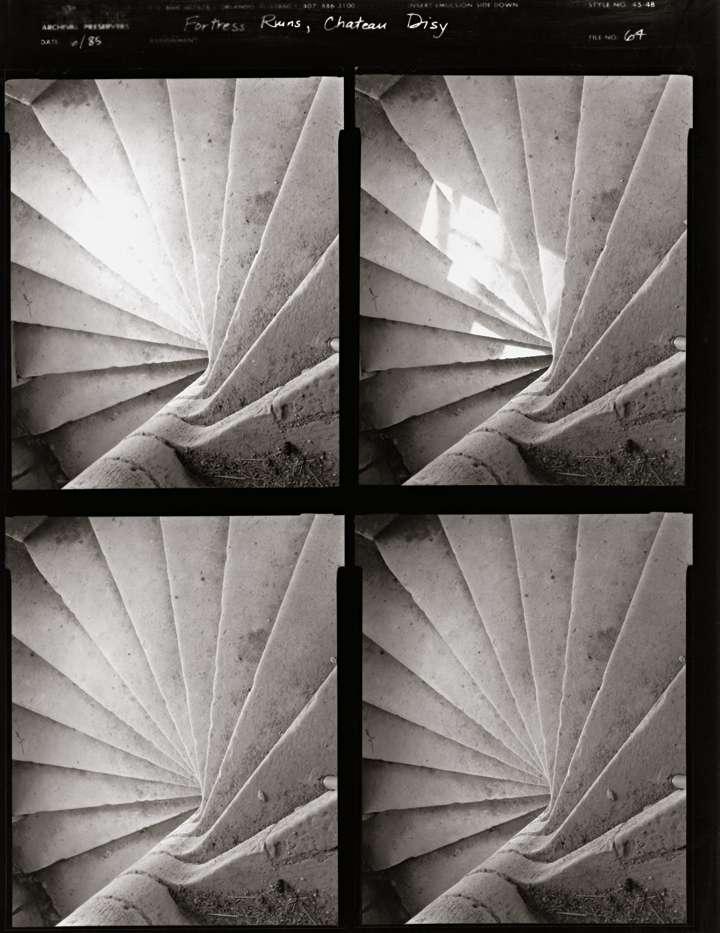
Anne Morin
THE ARCHITECTURE OF AIR
In his book Fictions (1944), Jorge Luis Borges describes the space of the library as “a sphere whose exact center is any hexagon and whose circumference is inaccessible.” Inaccessible, no doubt, because when he was appointed director of the National Library in Buenos Aires in 1955, the blindness that threatened him, and that had afflicted his father, grew considerably worse. In the pages of Fictions, Borges, a writer and a blind man, salutes the irony of God, who had granted him access to paradise—a library containing nearly 800,000 books—and at the same time taken away the possibility of reading them.
Every book on the shelves of a library not only encapsulates the hidden time of writing, but also contains the infinite time of reading. In this sense, a book is a place of passage that connects us not only to the person who wrote it, but also to those who held it in their hands, read it, and left it there for reasons that only they know.
In an open-plan room at the back of Rodney Smith’s house, overlooking the garden and the surrounding forest, is his library. Silent, luminous, it radiates a very special calm, as if the towering trees that encircle it held those books while the world is at rest. So Borges was no doubt right: a library is a place that must remain inaccessible, or at least undisturbed, a place where reading requires solitude in order to reach the essence of each of the texts deposited there. Here, in Rodney Smith’s house, the books are delicately and methodically placed one after another in alphabetical order and by genre. Photography, of course, features prominently: Abbott, Adams, Arbus, Atget; further on, Evans, Erwitt, Horst, Lartigue, one of his major influences; and then, Steichen, and that wonderful book by Alfred Stieglitz edited by Sarah Greenough. On the other side of these shelves are smaller books, in a state that makes them look more like notebooks, as they seem to have been handled many times. Literature and philosophy support each other with little regard for their appearance: battered, folded covers, yellowed, stiff pages, as if thought and literature were raw materials worked by hand and shaped like clay.
Man’s Search for Meaning by Viktor E. Frankl, The Death of God: The Culture of Our PostChristian Era by Gabriel Vahanian, or Freud’s The Interpretation of Dreams. Leafing through this book, you come across a phrase by Friedrich Scholz on page 54 dating from 1893, underlined in red with a continuous stroke, probably in Rodney Smith’s own hand: “nothing which we have once mentally possessed can be entirely lost.” Similarly, a little further along the same shelf, in Hemingway’s A Movable Feast: Sketches of the Author’s Life in Paris in the Twenties, page 12, where the writer addresses the difficulty of writing when starting a new book, a passage is again marked there with a pencil line in the margin: “Do not worry. You have always written before and you will write now. All you have to do is write one true sentence. Write the truest sentence that you know.”
From book to book, from page to page, these lines highlighted by Smith begin to weave an intimate portrait of someone who is absent yet very much present. These phrases are clues that shed light on his thought process, on what holds his attention beneath the surface of things, and they probably form part of the invisible foundations on which all his work rests. As we continue reviewing his books, some of which bear his name handwritten in the top right-hand corner of the cover, one particularly attracts our attention. It is a work by Paul Ricœur, Fallible Man. Ricœur is
Contact Sheet No. 64, Ruins Château Doisy, France
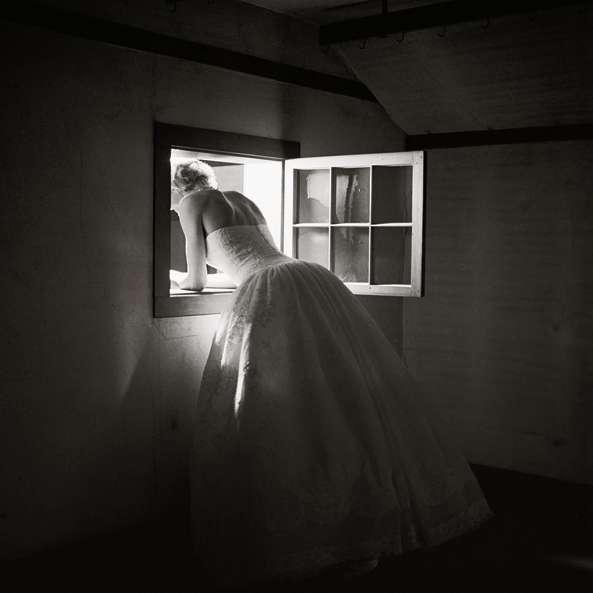
Nelly Leaning out a Window
Shaker Village, Massachusetts
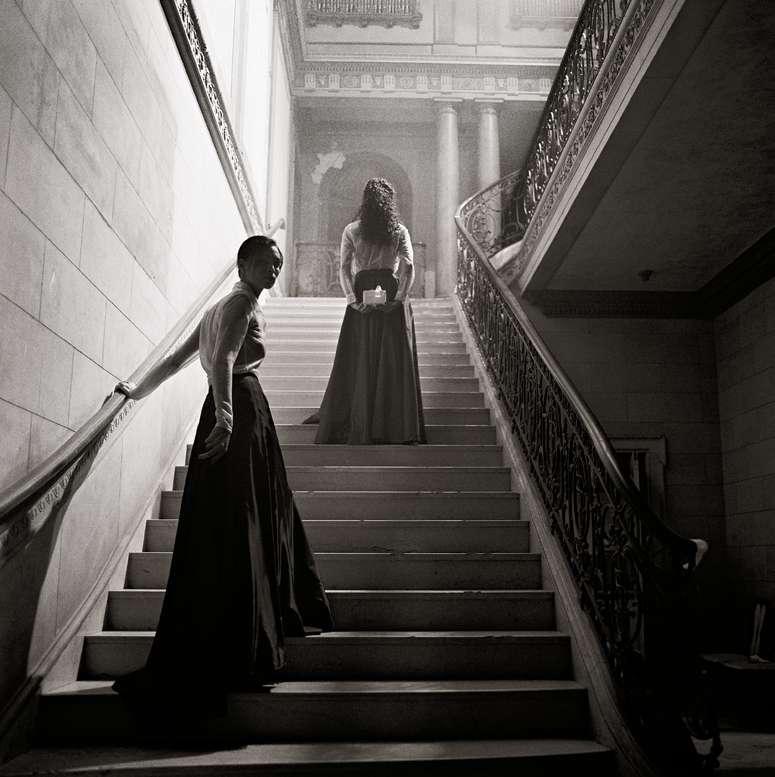
Two Women on Staircase Yonkers, New York
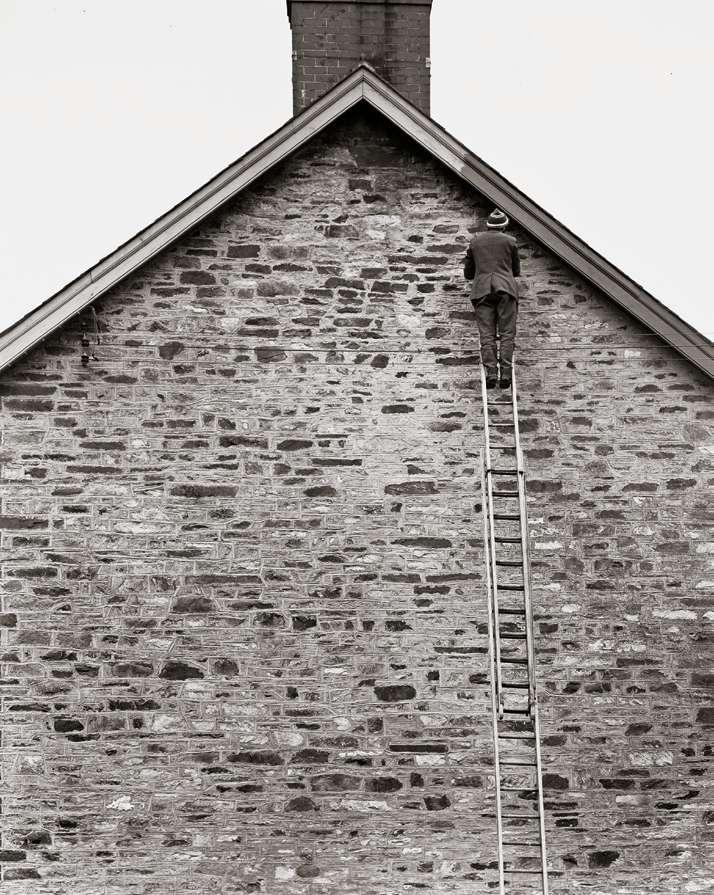
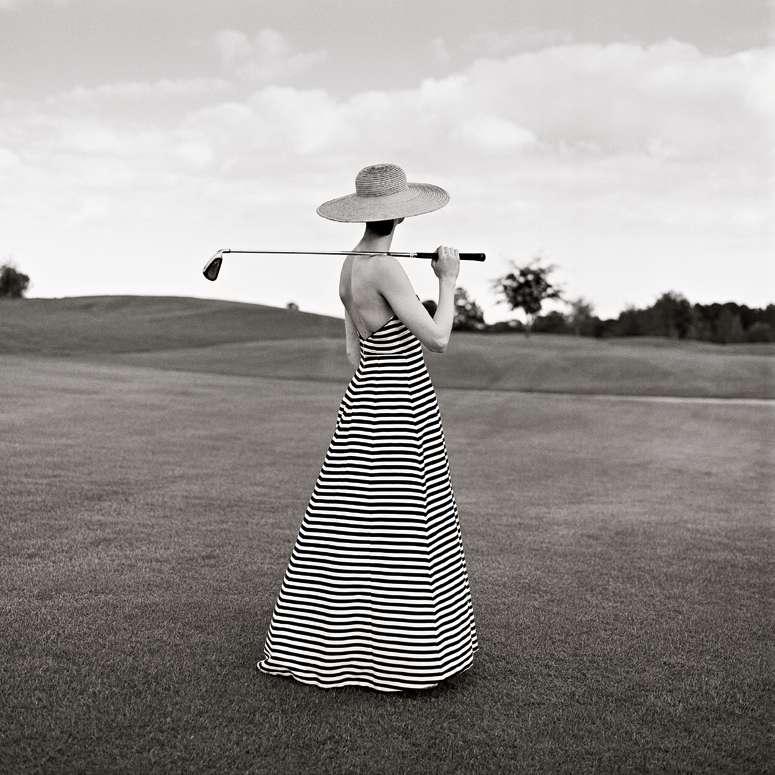
Man on Ladder near Haverfordwest, South Wales, United Kingdom
Caroline Golfing in Striped Dress
St. Augustine, Florida 2002
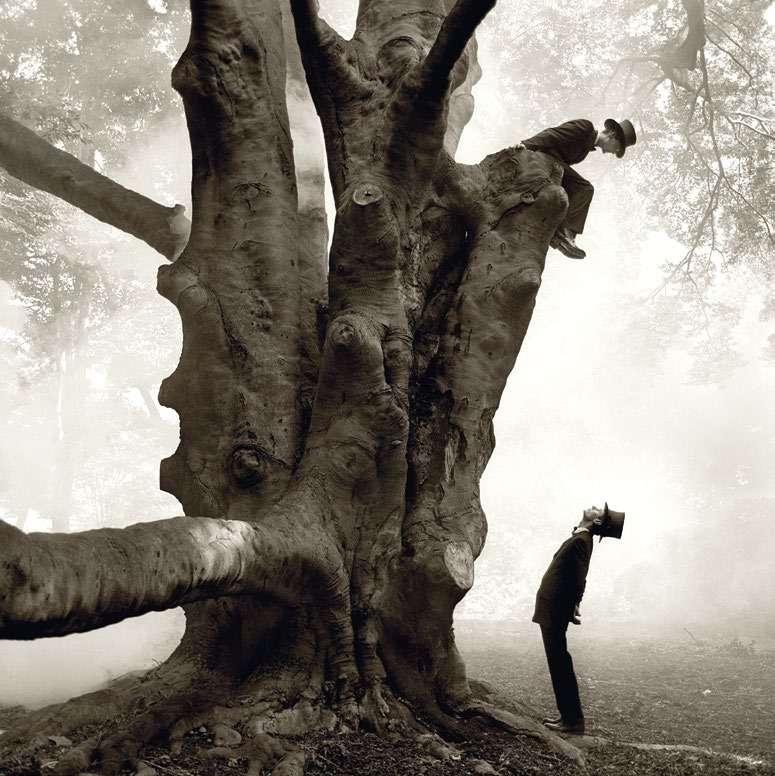
Spazi eterei Ethereal Spaces
Twins in Tree
Snedens Landing, New York
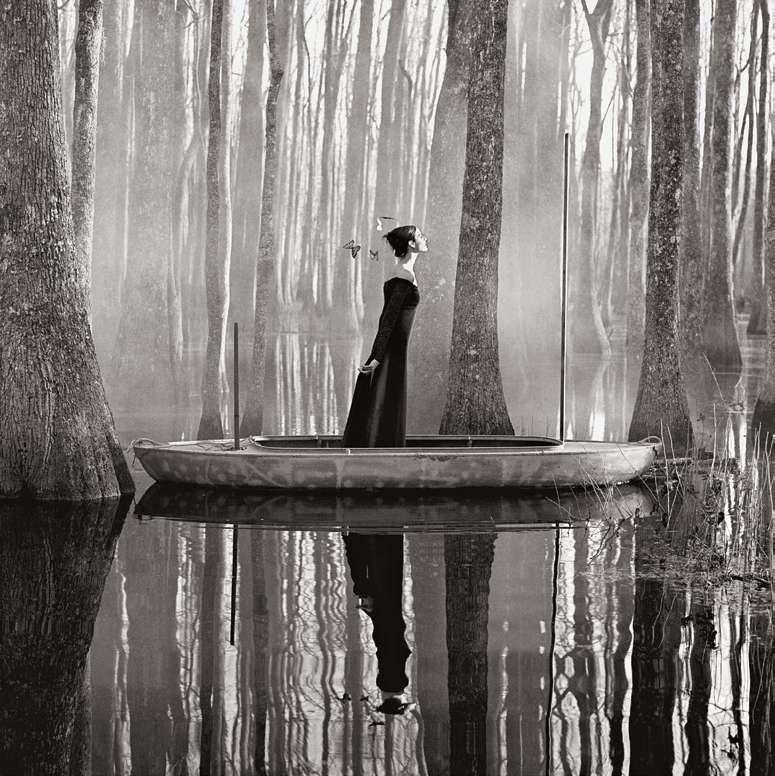
Danielle in Boat Beaufort, South Carolina
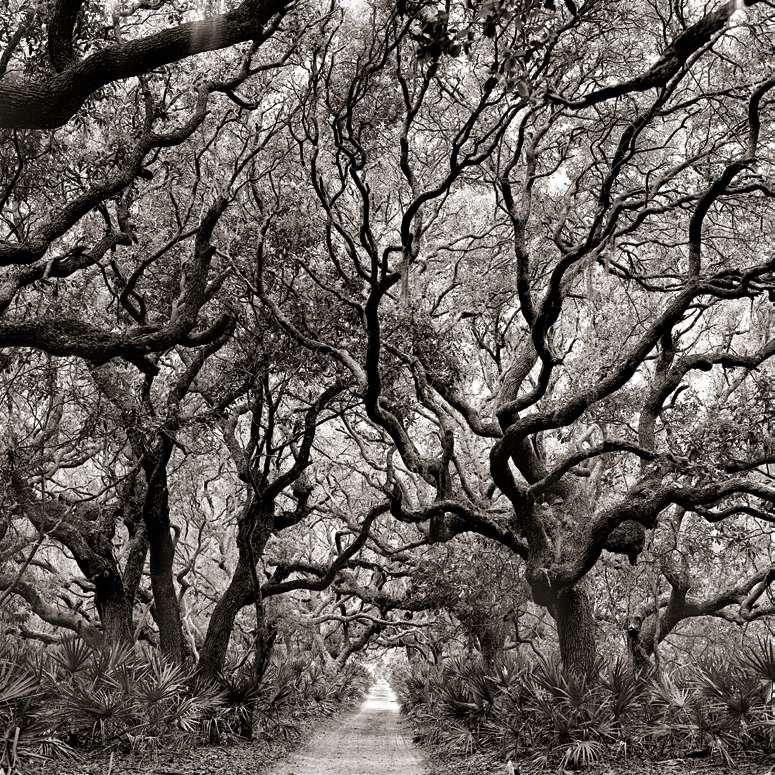
Spazi eterei Ethereal Spaces
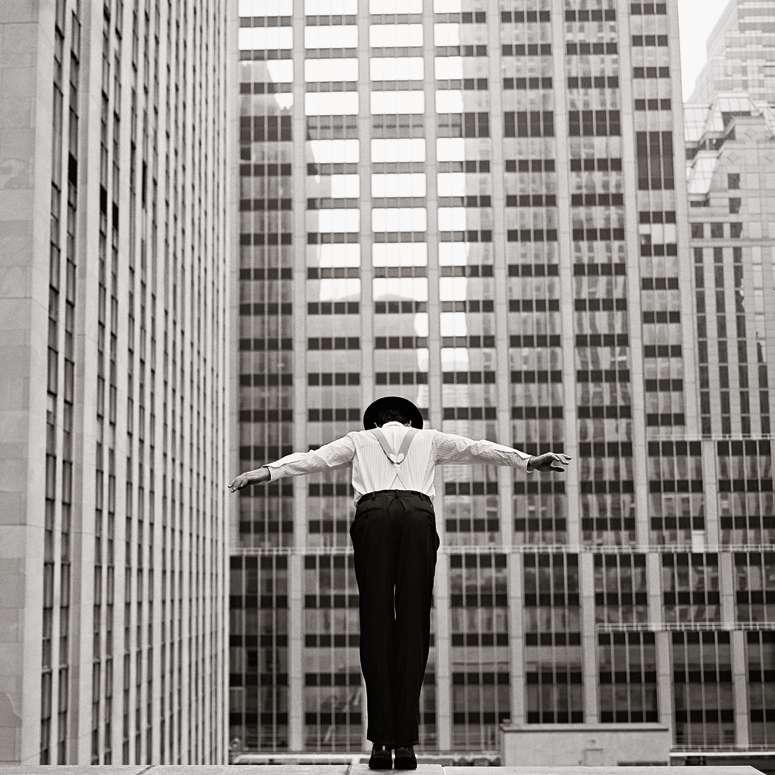
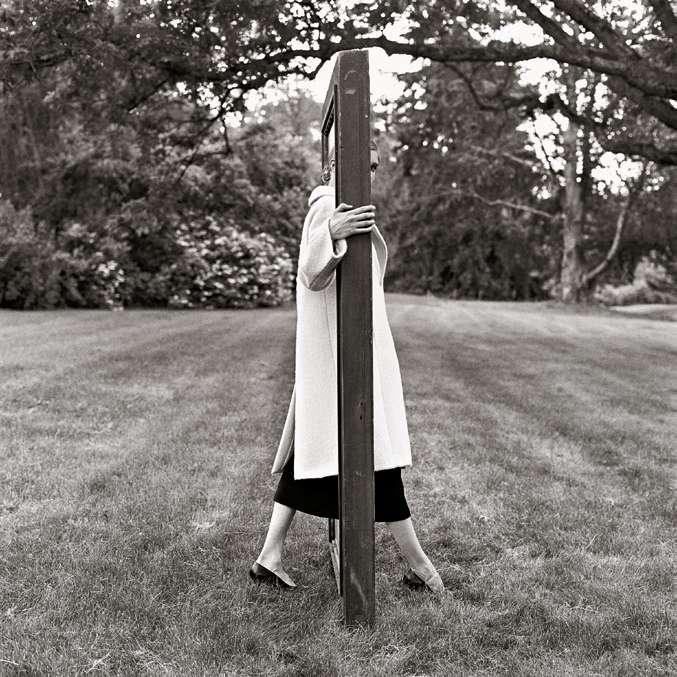
Attraverso lo specchio Through the Looking-Glass
Woman Stepping through Doorway
Snedens Landing, New York
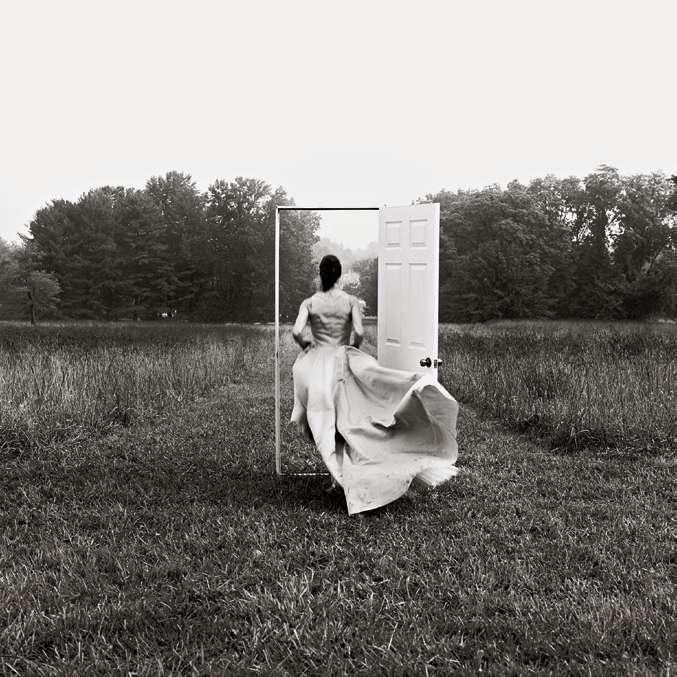
Caroline Running through Doorway Monkton, Maryland 1999
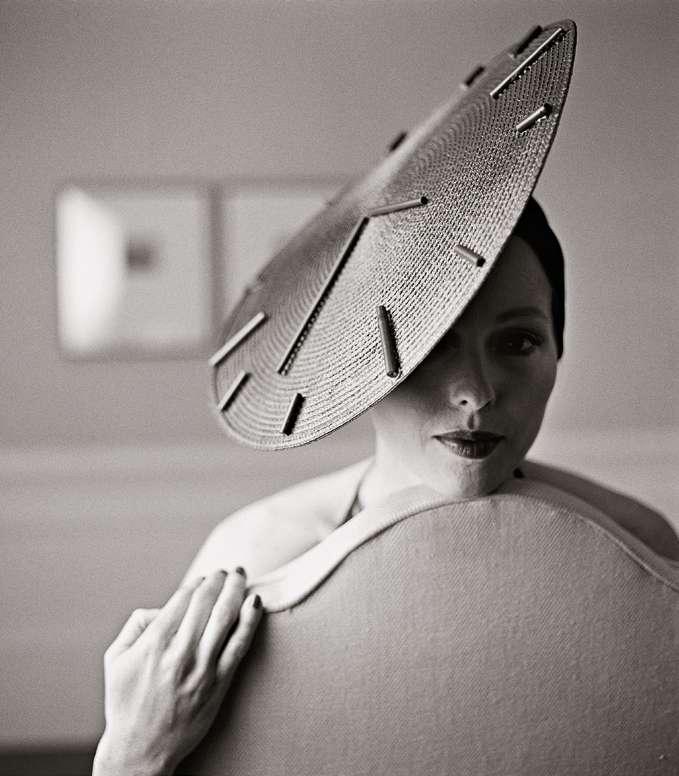
Il tempo e la permanenza Time and Permanence
Viktoria Wearing Clock Hat
Rhinebeck, New York
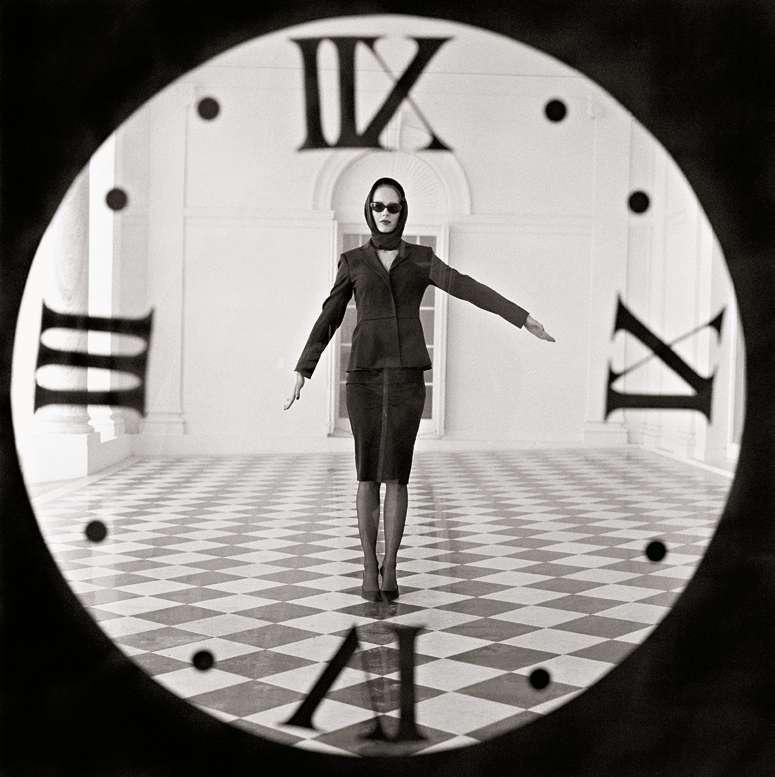
Viktoria through Clock
New York
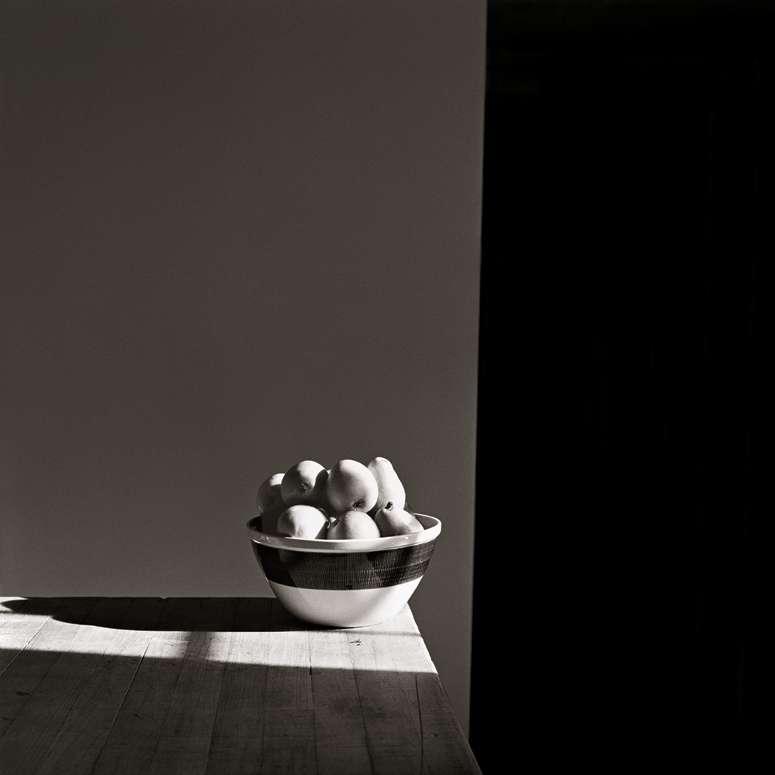
Passaggi Passages Pears
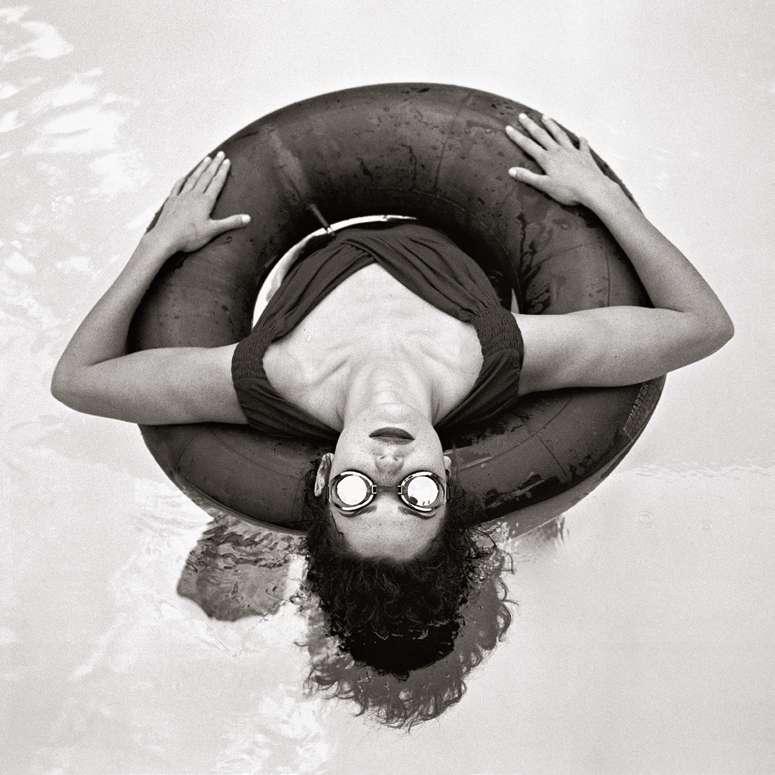
Zoe in Innertube
Snedens Landing, New York
